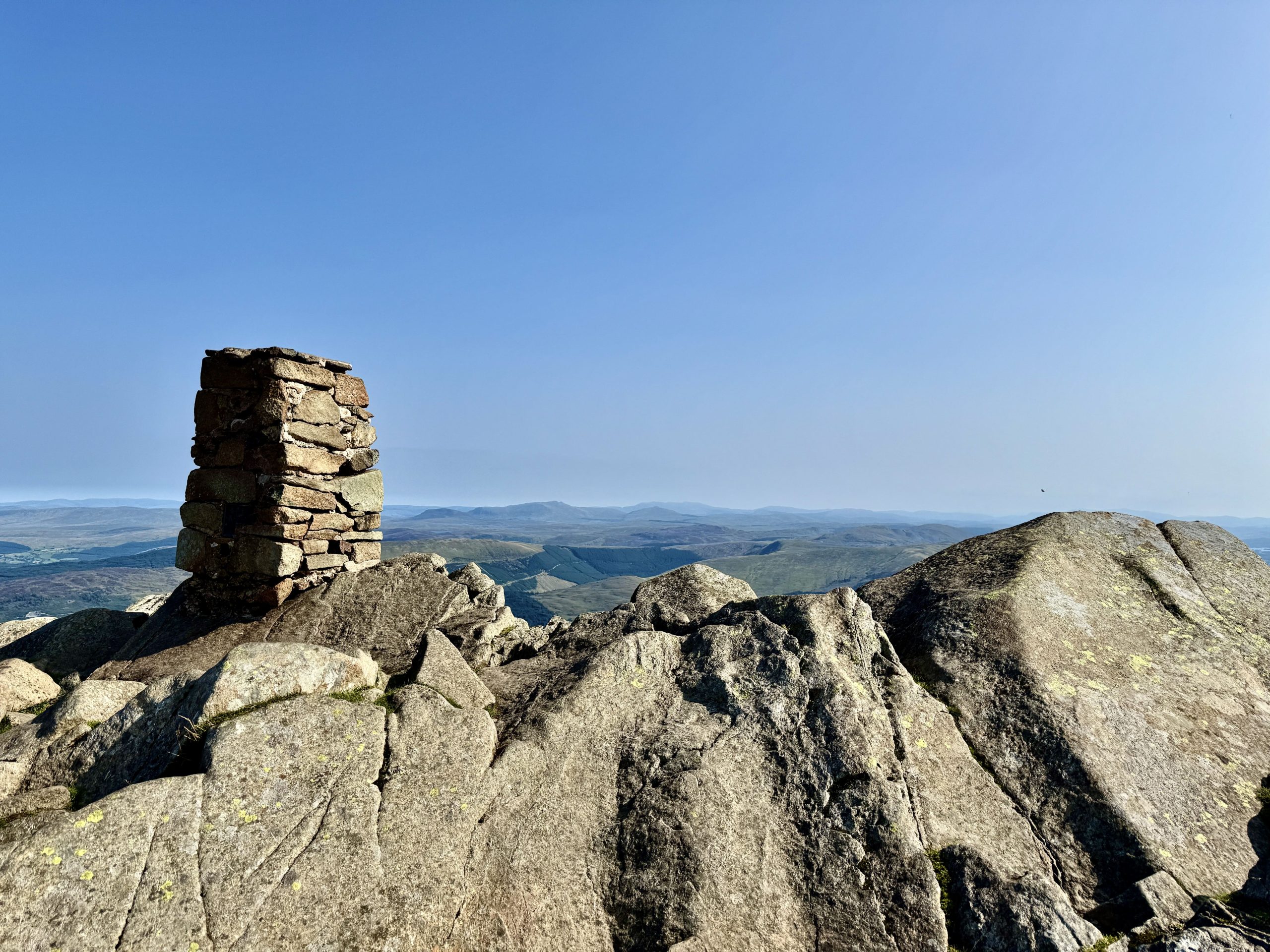A cloud inversion (or temperature inversion) feels like magic in the moment.

There’s something to peaceful about sitting above the cloud with a clear sky above you.
Also, I’m pretty sure that the best coffee in the whole wide world is any old coffee on a hill watching sunrise amidst cloud inversions. This was me watching the sunrise at Winnat’s Pass last weekend:
@staceyhikes How do you like your coffee? I like mine on a hill at sunrise during a hike with beautiful skies and cloud inversions.
See how delighted I am with those life choices?!
But how do you find a cloud inversion? There’s no “cloud inversion” setting on the weather apps!
Let’s take a look.
Cloud Inversion Forecasting App
There’s no specific app I have found for cloud inversion forecasting but there’s an app that can give you the details and information you need to try and predict them.
That app is Clear Outside.
In addition, I couple this with information about temperature profiles for specific elevations from Mountain Forecast.
What to look for in the app when predicting a cloud inversion?
A cloud inversion happens essentially when there’s a “temperature inversion.”
This means that the temperature closer to the ground is colder than the temperature higher up (e.g. on a hilltop). This goes against the usual grain where we normally expect cooler air higher up.
But some other conditions matter too.
When we’re looking at forecasting cloud inversions, the following pieces of information for your potential inversion spot matter:
- Temperature at ground level
- Temperature up on the hill
- Dew point
- Wind speeds
So here’s the step by step:
1. Get the temperature information
You need temperature information for both ground level and level at which you intent to climb. So let’s say we’re thinking about enjoying a cloud inversion and a little sunrise from Striding Edge/Helvellyn.
I’m heading off to Mountain Forecast and typing “Helvellyn” into the search. You’ll notice this when you get your weather results:

By default, Mountain Forecast shows you the summit temperature (950m elevation). But you can switch it to see the base temperature too.
What we want to see is that around sunrise time (or sunset time but sunrise is usually more common I believe) the temperature on the summit is WARMER than the temperature at the base.
Now, this website doesn’t have base temperatures for all hills. Some of the small ones, like Mam Tor which is a popular sunrise spot with lots of cloud inversions in Autumn and winter). If it only has a peak temperature, you can use a standard weather website to find the temperature at ground level for the nearest village.
If the temperature at ground level is warmer than the temperature up top, there won’t be an inversion.
But if there is a temperature inversion in the forecast, we need to look at some other information.
2. Check Dew Point
In simple terms, the dew point is the temperature at which moisture in the air will form mist.
So, what we want is a dew point equal to or higher than the forecast temperature around ground level.
So, if the dew point is 3 degrees celcius, we want our ground temperature to be 3 or lower because this will cause moisture in the air to create mist.
The dew point changes depending on humidity levels, so it is not always the same.
3. Wind Speed
So by now we know that we have the temperature inversion profile we need and we have the right conditions to cause mist.
What next?
Well, any layer of mist will simply be blown away by heavy winds. So then you need to check for wind speed. Ideally, we want nothing more than a gentle breeze of 3 or 4mph or lower.
Forecasting Cloud Inversions
So there you have it – the three things you need:
- Temperature higher on the summit than at ground level
- Dew point the same as or higher than ground level temperature
- Low or no wind
Best Locations for Cloud Inversions
Well, hill tops and mountains are great locations because it gives you the height to get above where the layer of mist will form.
Hilltops over valleys with lakes or other bodies of water are great too because the water adds to the moisture in the air.
Best Time of Year for Inversions
The best time of year for cloud inversions is Autumn and winter! So get outside and enjoy them






